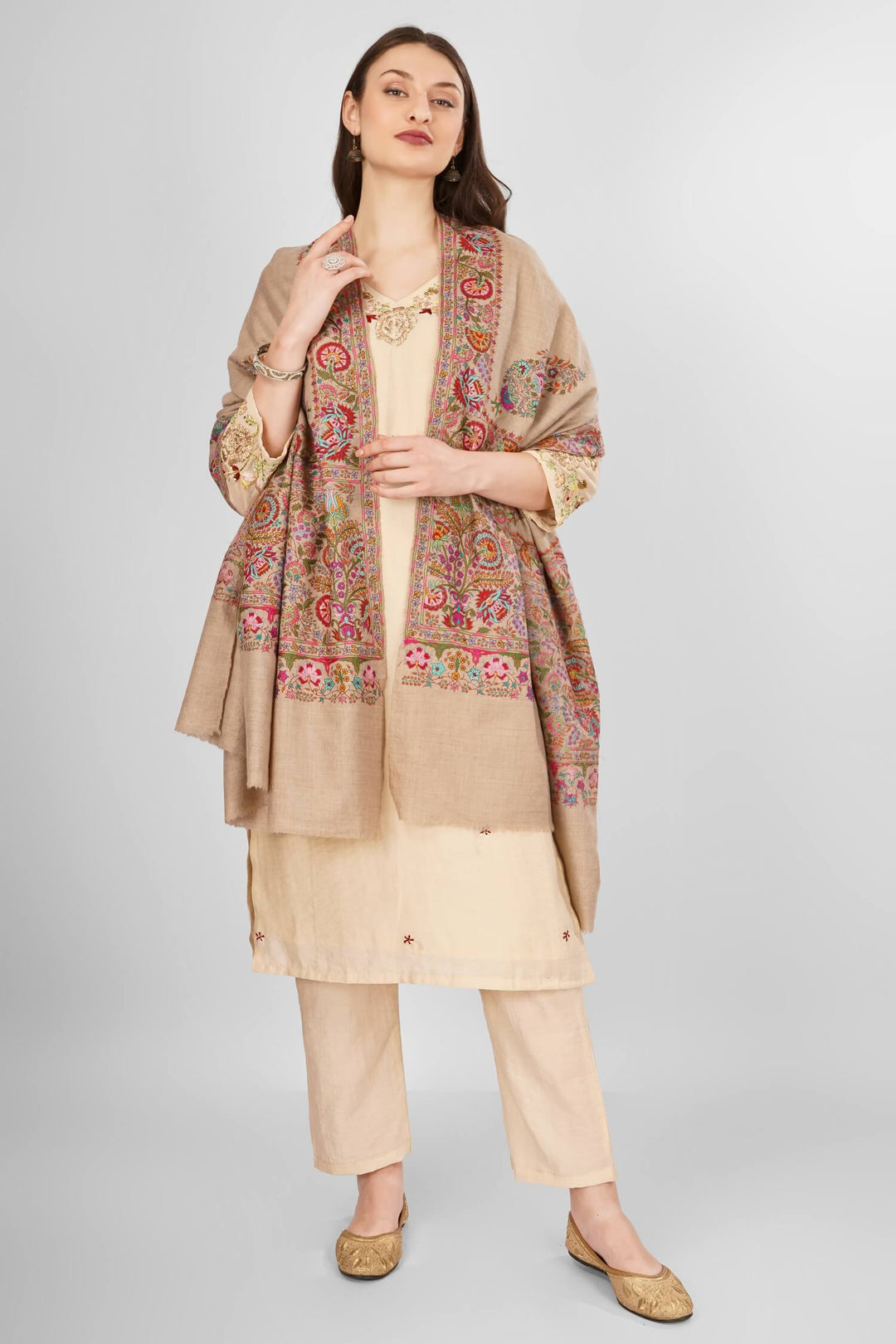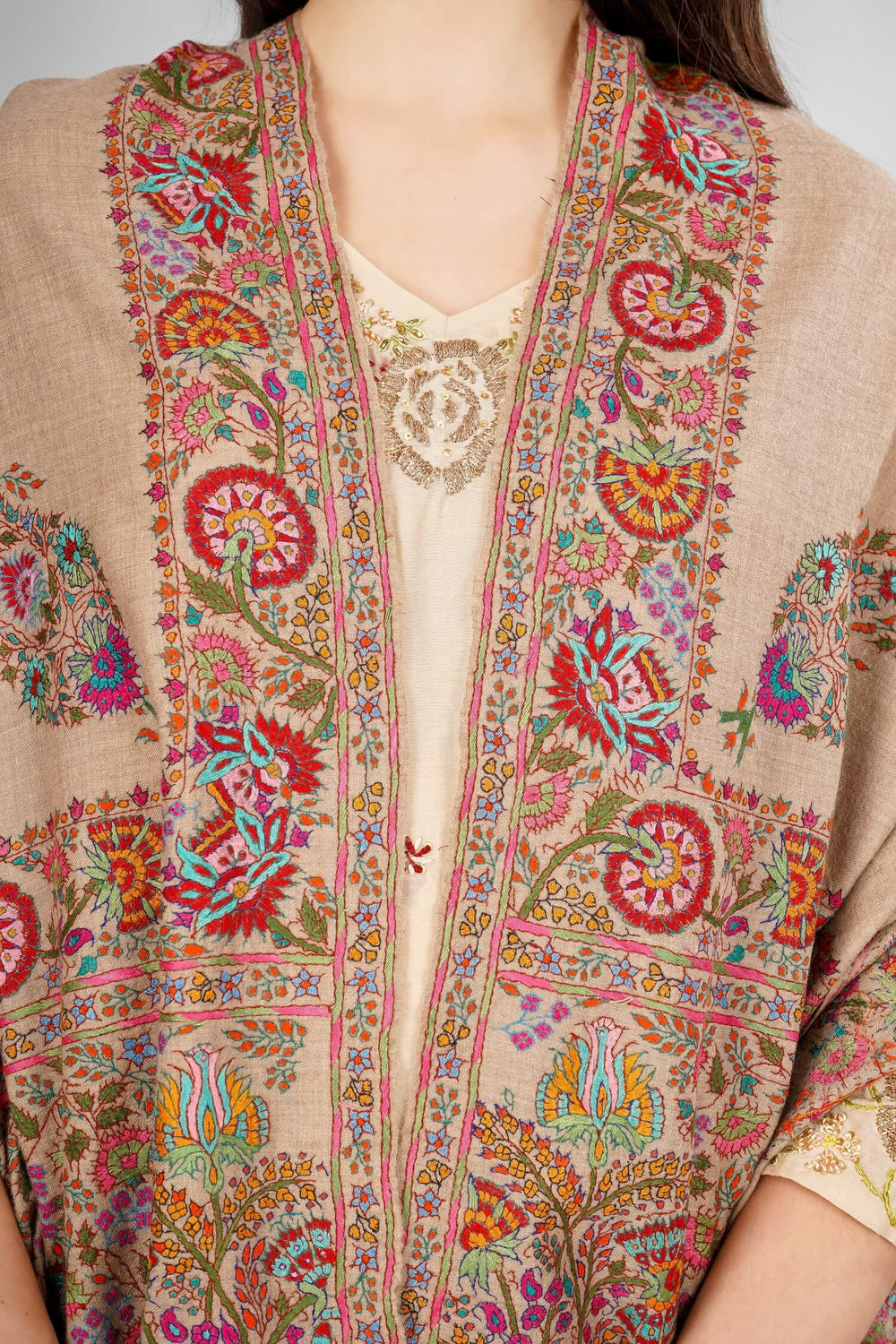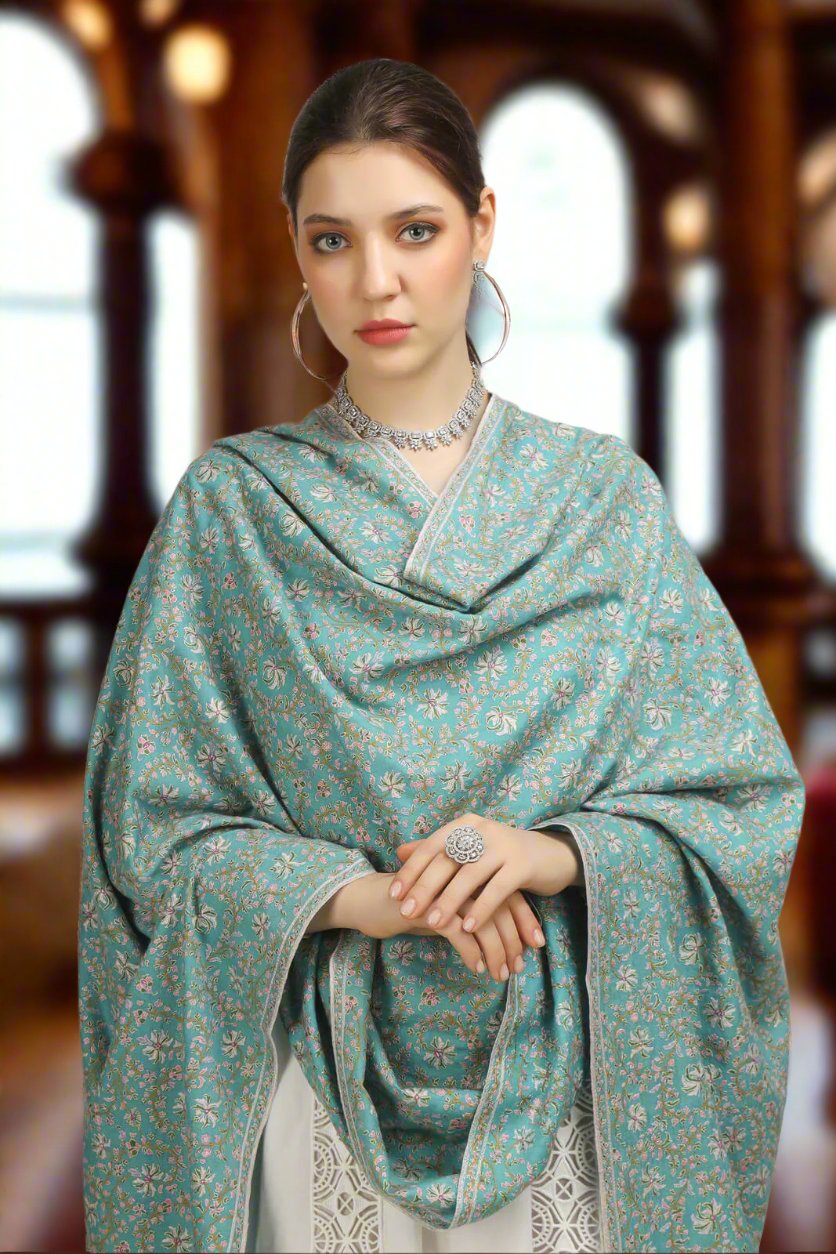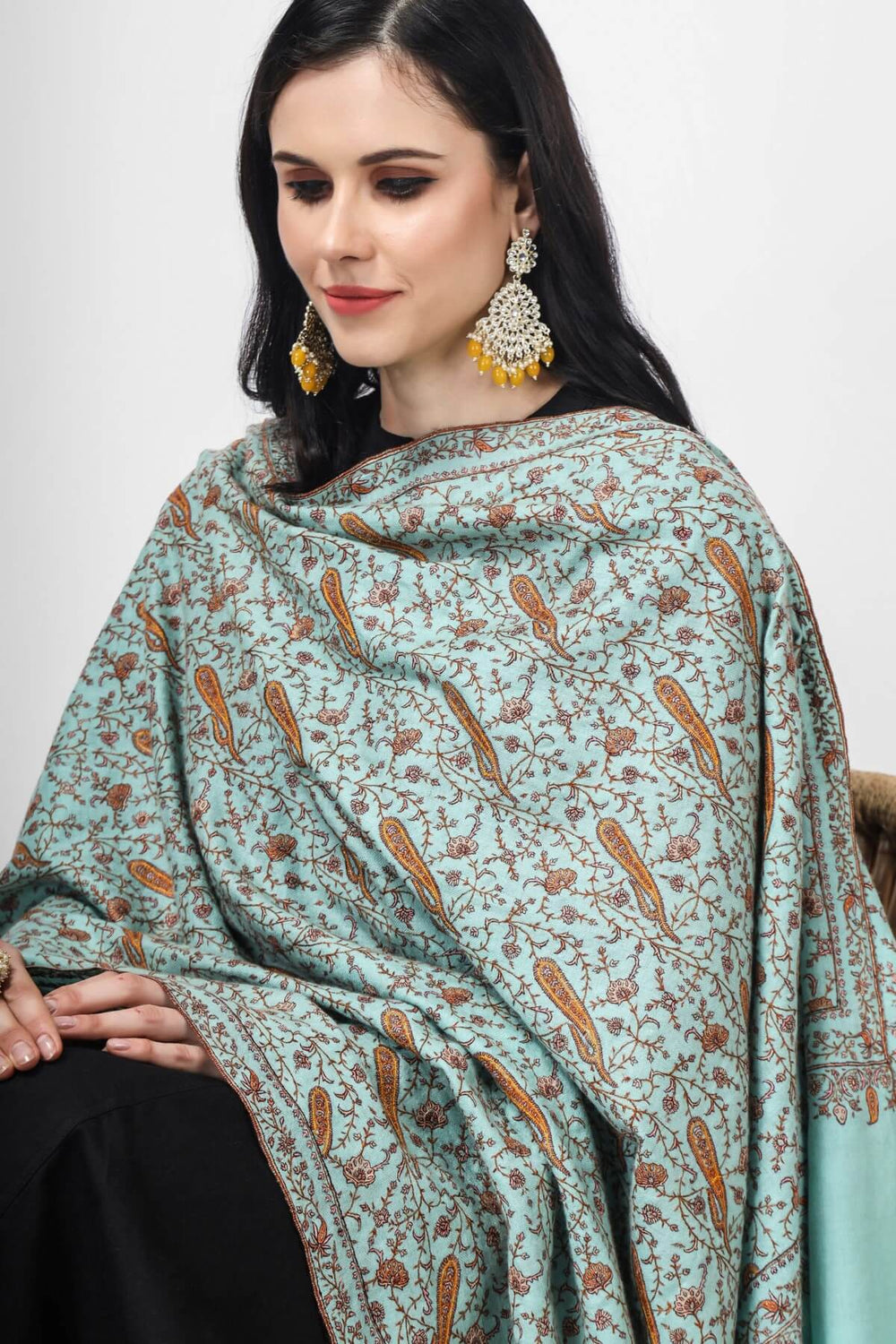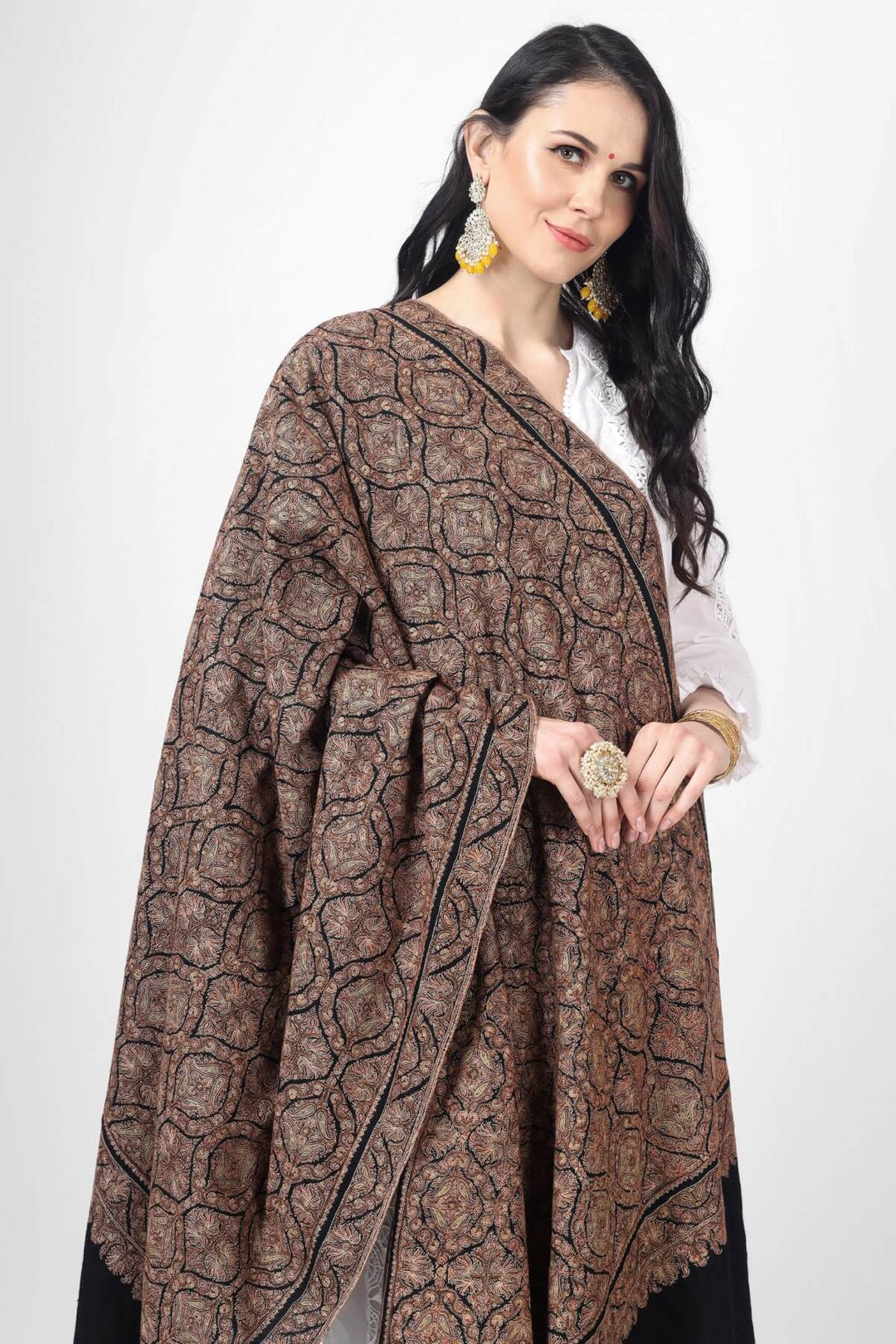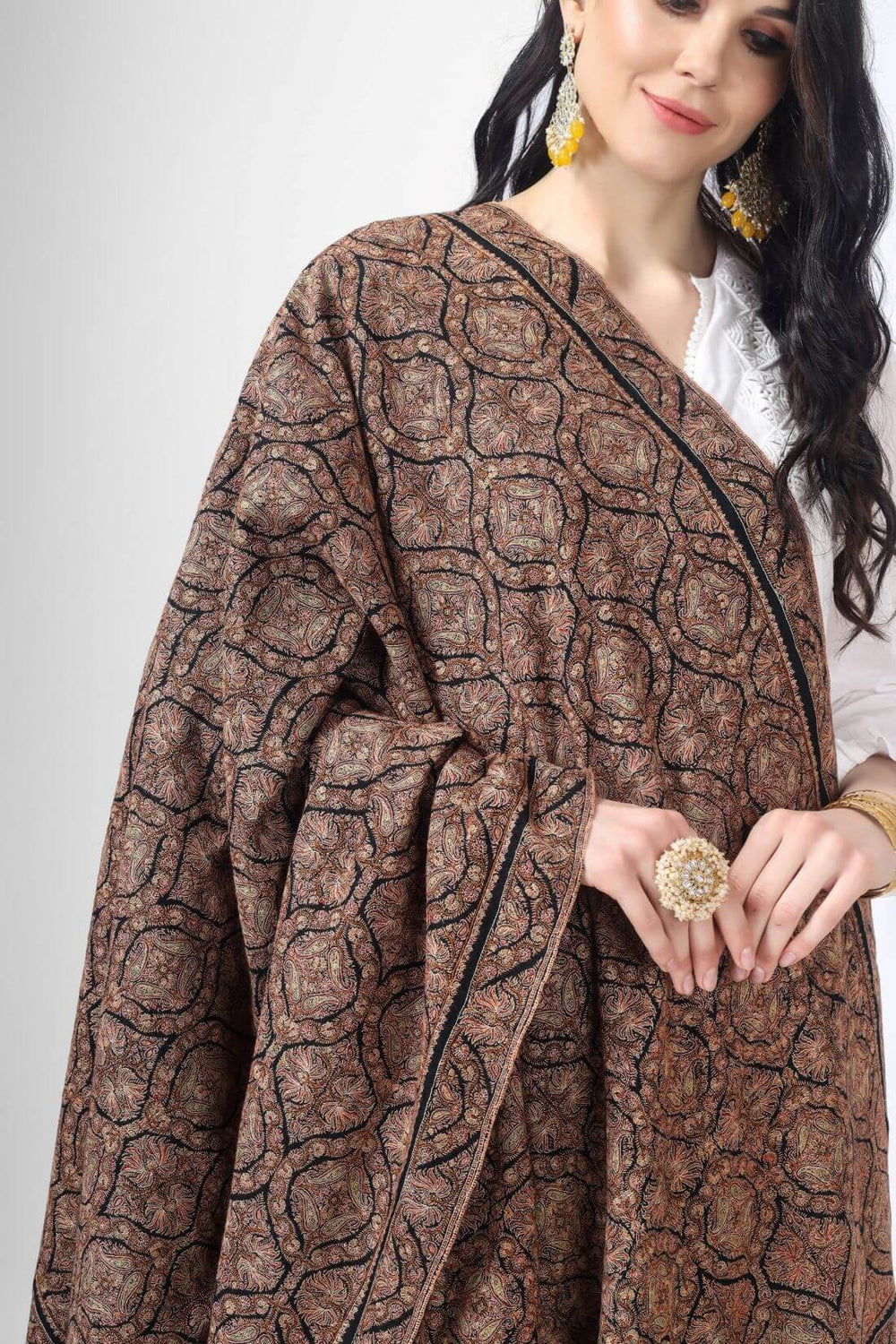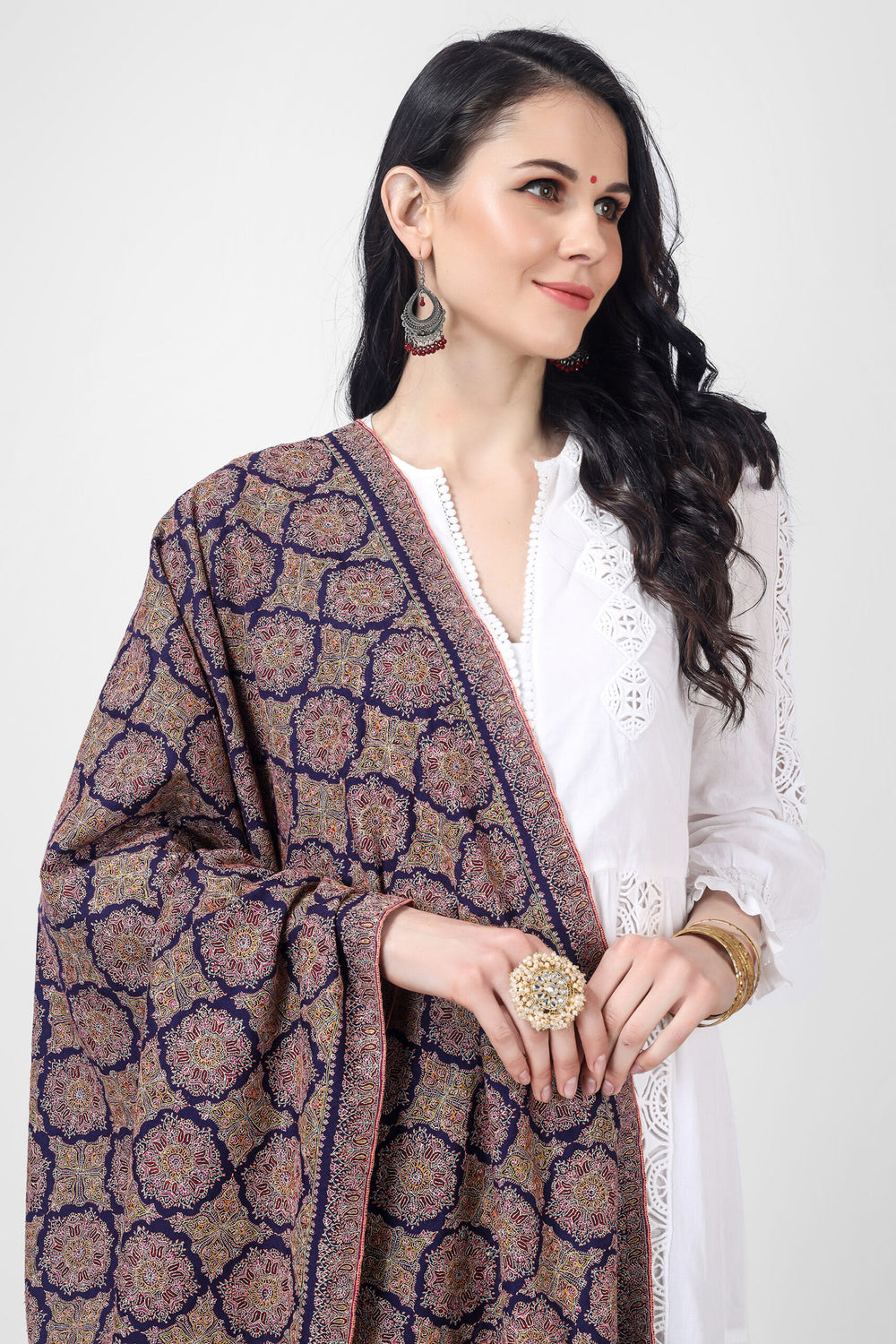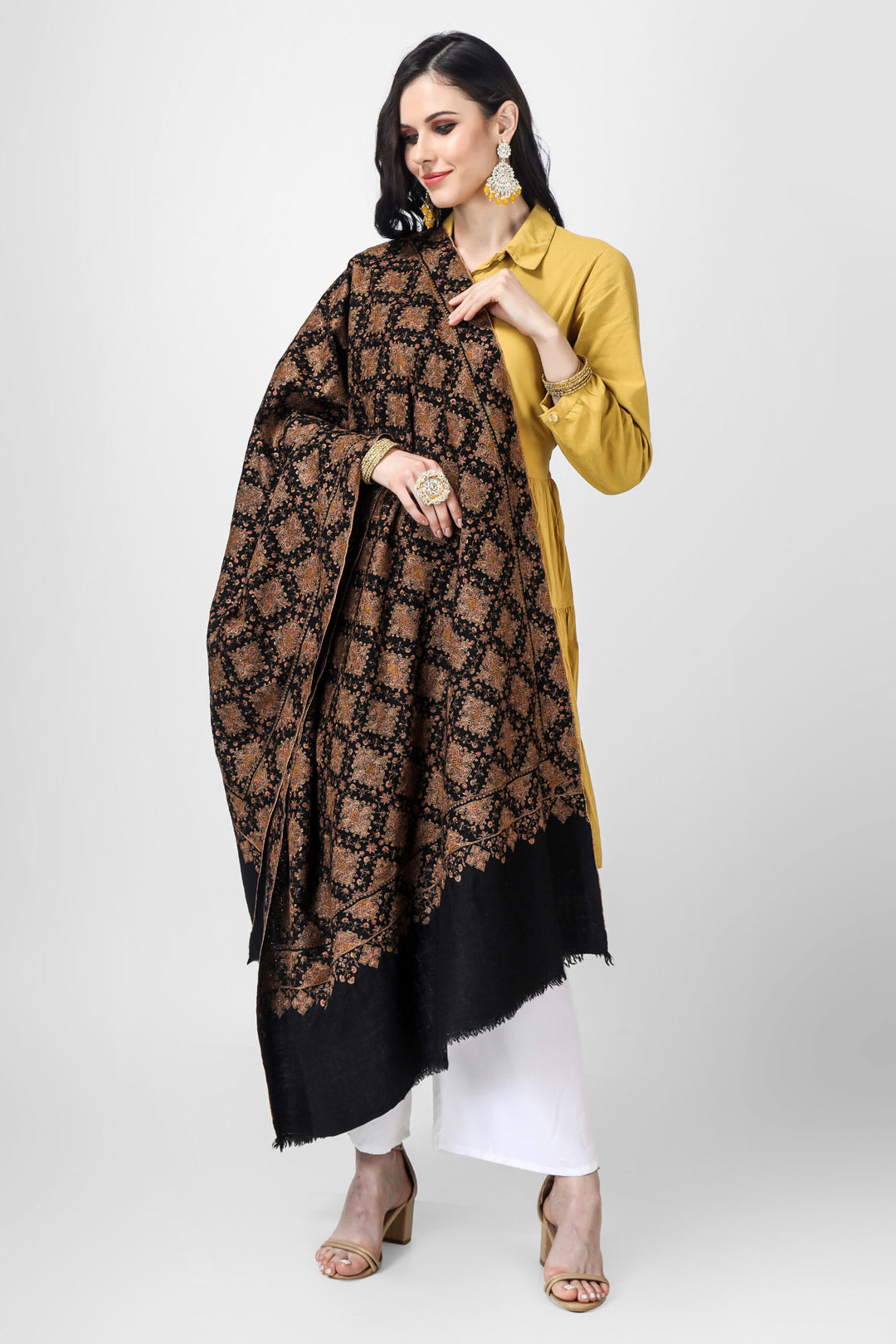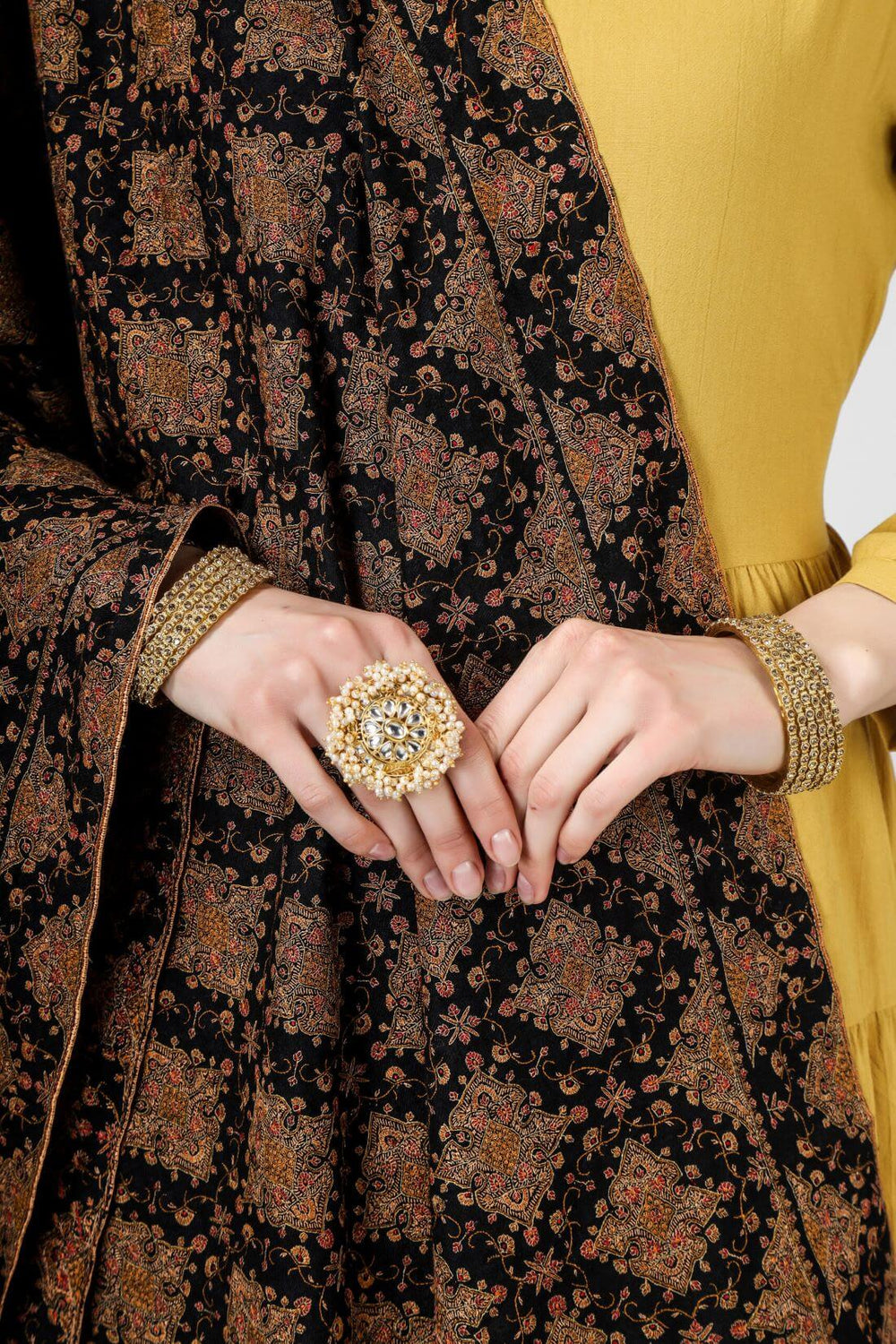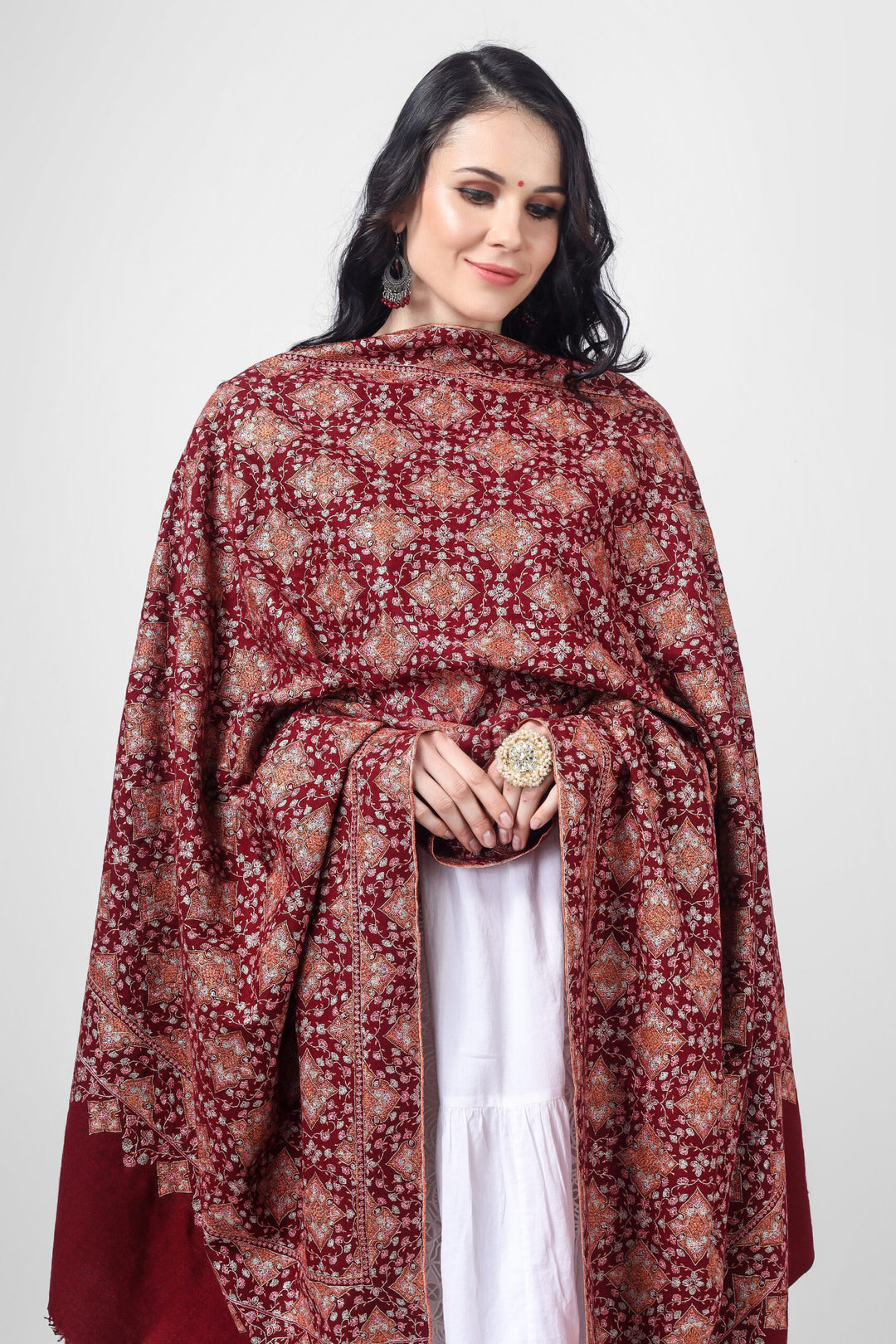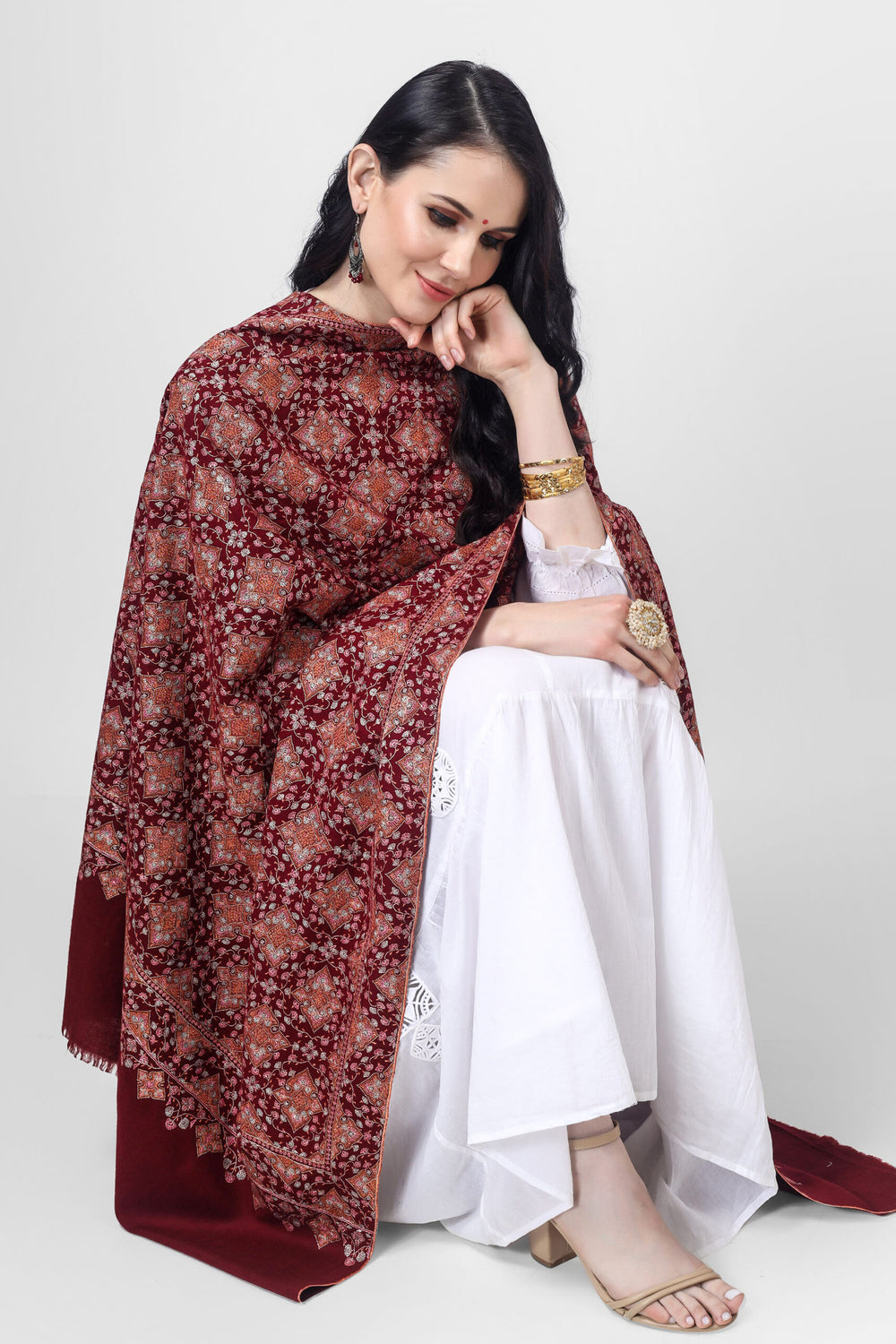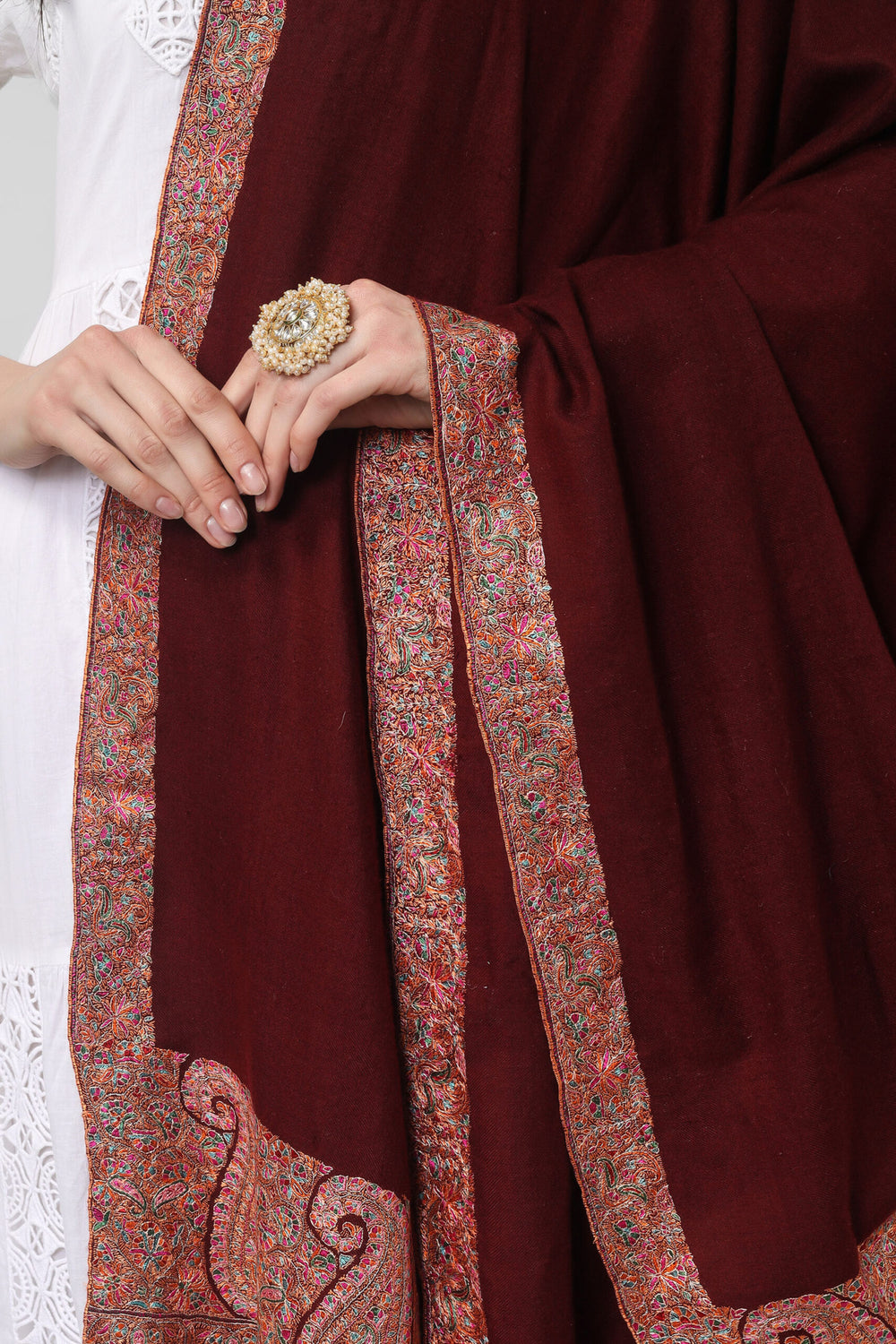Silk Thread Embroidery: Timeless Elegance in Textile Artistry
Silk thread embroidery captivates with its delicate stitchwork and luxurious shimmer, transforming fabrics into stunning canvases of artistic expression. Revered for centuries, this handcraft combines intricate needlework techniques with the natural beauty of silk threads to create masterpieces cherished worldwide.
The History and Cultural Significance of Silk Thread Embroidery
Origins of Silk Thread Embroidery
Originating in Asia and flourishing in regions like Kashmir and China, silk embroidery has long been associated with royalty and elite sartorial tradition. Its cultural significance spans ceremonial garments, heirlooms, and symbolically rich motifs.
The Tradition of Sozni Embroidery
In Kashmir, Sozni embroidery distinguishes itself through ultra-fine stitches and mirrored designs crafted using silk threads on pashmina or silk fabric, symbolizing the confluence of artistry and heritage.
Types of Silk Thread Used in Embroidery
Spun Silk Threads
Soft and matte-finished, spun silk threads are versatile and commonly used in needle painting and detailed floral designs.
Filament Silk Threads
Highly lustrous and strong, filament threads enhance luxury embroidery projects with glowing finishes and durability.
Techniques and Stitches in Silk Thread Embroidery
Sozni Needlework Techniques
Using the dorukha stitch, artisans create delicate, reversible embroidery that appears beautifully on both sides of the fabric.
Needle Painting (Silk Shading)
This method layers various shades of silk thread using long and short stitches to create realistic, painterly effects.
Satin Stitch and Split Stitch
Essential stitches that provide smooth, glossy fills and crisp outlines, maximizing the visual impact of silk threads.
Materials and Preparation for Silk Thread Embroidery
Selecting Fabric
Ideal fabrics include pure pashmina, silk, satin, and fine cotton, chosen for their smooth texture and sheen that complement silk threads.
Thread Management and Storage
- Use short thread lengths (about 16 inches) to prevent tangling.
- Separate strands gently to avoid fraying.
- Store silk threads in sealed, moisture-free containers to maintain color and texture.
Care Instructions for Silk Thread Embroidered Textiles
Cleaning Guidelines
Always hand wash using gentle detergents, avoiding wringing or harsh scrubbing that can damage delicate embroidery.
Storage Recommendations
Store embroidery wrapped in acid-free tissue paper in cool, dry spaces away from direct sunlight to prevent fading and deterioration.
The Artistic and Contemporary Applications of Silk Thread Embroidery
Fashion and Haute Couture
Silk thread embroidery is widely used in luxury fashion, bridal wear, and exclusive accessories to impart elegance and sophistication.
Home Décor and Modern Art
Increasingly, artisans incorporate silk embroidery into decorative wall art, cushions, and textiles blending traditional craftsmanship with contemporary aesthetics.
Integration of Digital Methods
Combining machine techniques with hand-finished silk embroidery allows intricate and large-scale designs while preserving artistic quality.
Pashmina Shawls India
Silk thread embroidery embodies an unparalleled legacy of luxury and artistry. Whether adorning a cherished pashmina shawl or a haute couture gown, the interplay of shimmering silk threads and masterful needlework continues to enchant and inspire textile enthusiasts around the globe.




